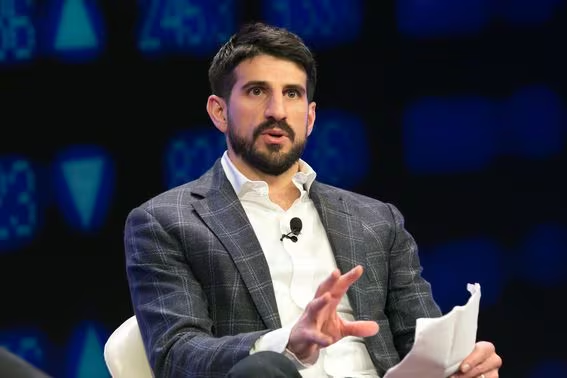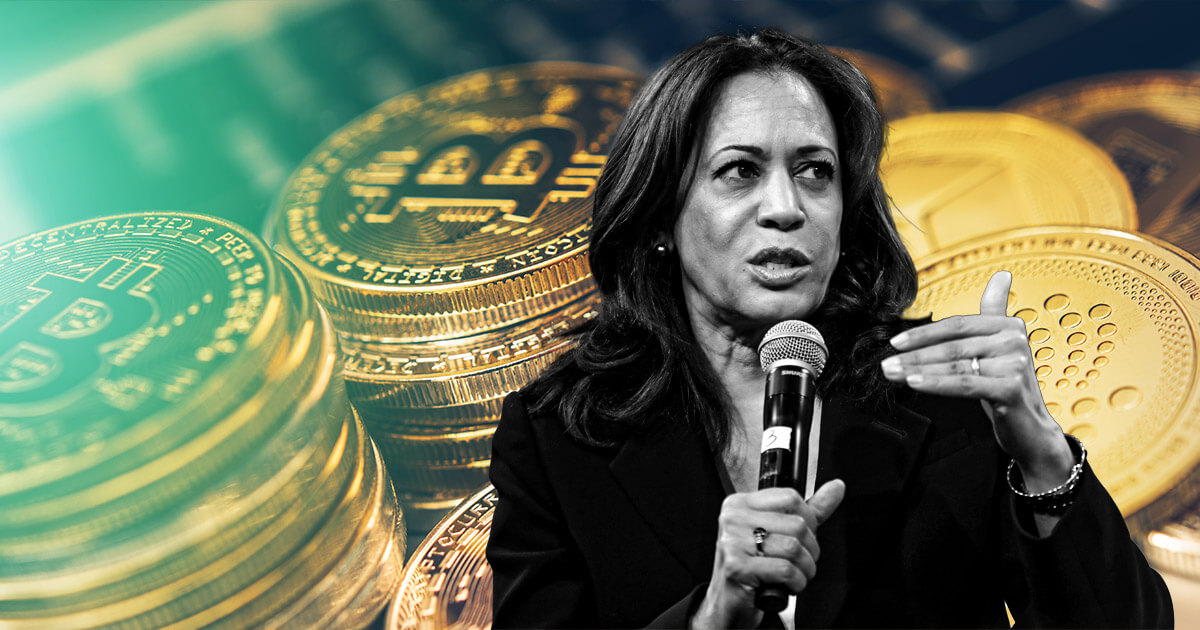Paxos CEO urged U.S. presidential candidates to support stablecoins to uphold the dollar’s global dominance and boost banking efficiency.
Charles Cascarilla, CEO of Paxos, wrote an open letter to prominent US presidential contenders Kamala Harris and Donald Trump urging them to embrace stablecoins to preserve the US dollar’s dominance in the world economy and address inefficiencies in the established banking system.
In an open letter released on October 29, Cascarilla stated that the incoming presidential administration might decide the future leadership of the United States in the international financial sector.
According to Cascarilla, stablecoins and blockchain are “re-platforming the financial system” to make it work in tandem with the internet. He said:
“Stablecoins or digital dollars—U.S. dollars digitized via blockchain technology—are the crucial upgrade for the payment system that will revolutionize money movement, allow greater participation in the global economy and ensure the supremacy of the U.S. dollar for years to come.”
The letter was sent one week before the US presidential election. It is increasingly vital to cryptocurrency investors because it can influence the industry’s regulatory environment over the next four years.
Former President Donald Trump is more open to innovation and cryptocurrency than Vice President Kamala Harris, who may advocate for less onerous restrictions.
The international financial system is “inefficient, antiquated, and closed.”
Charles Cascarilla urges the next US president to consider stablecoins and blockchain technology to fix the inefficiencies of the old financial system, comparing it to the old-fashioned efficiency of the post office.
In the open letter, he wrote:
“The global financial system is closed, outdated and inefficient. This industry is vital to the U.S., yet it operates at the speed of the post office while the rest of the economy has rapidly innovated by successfully using technology and the internet.”
According to data from the Federal Reserve and World Bank, more than 20% of Americans and 40% of people worldwide are still unbanked or underbanked, which means they cannot access typical banking services like loans and savings accounts.
According to Cascarilla, blockchain technology can make it simpler for everyone with a computer or smartphone and internet connection to access financial services, particularly in places without a banking infrastructure.
When regulating cryptocurrencies and stablecoins, is the EU truly ahead of the US?
Since Europe’s Markets in Crypto-Assets Regulation (MiCA), the first comprehensive regulatory framework for crypto globally is slated to take effect soon, some investors are concerned that the US may lag in crypto laws.
According to Paolo Ardoino, CEO of Tether, the biggest stablecoin issuer in the world, MiCA’s regulations provide “systemic” banking risks for stablecoins even though this is a significant advance for the cryptocurrency sector.
In an interview with Cointelegraph at Plan B Lugano in Switzerland, Ardoino expressed his worries:
“If you have 10 billion euros under management, you have to put 6 billion euros in cash deposits. That is 60% of 10 billion euros. We know that banks can lend out 90% of their balance sheet. So of the 6 billion euros, they lend out 5.4 billion euros to people […] 600 million euros will remain in the bank balance sheet.”
A growing percentage of stablecoin reserves will be stored on bank balance sheets due to the MiCA-imposed bank reserve requirements, which would have severe repercussions if a bank went bankrupt.



